The Evolution of Las Vegas Casinos: From Railroad Stop to Global Gaming Capital
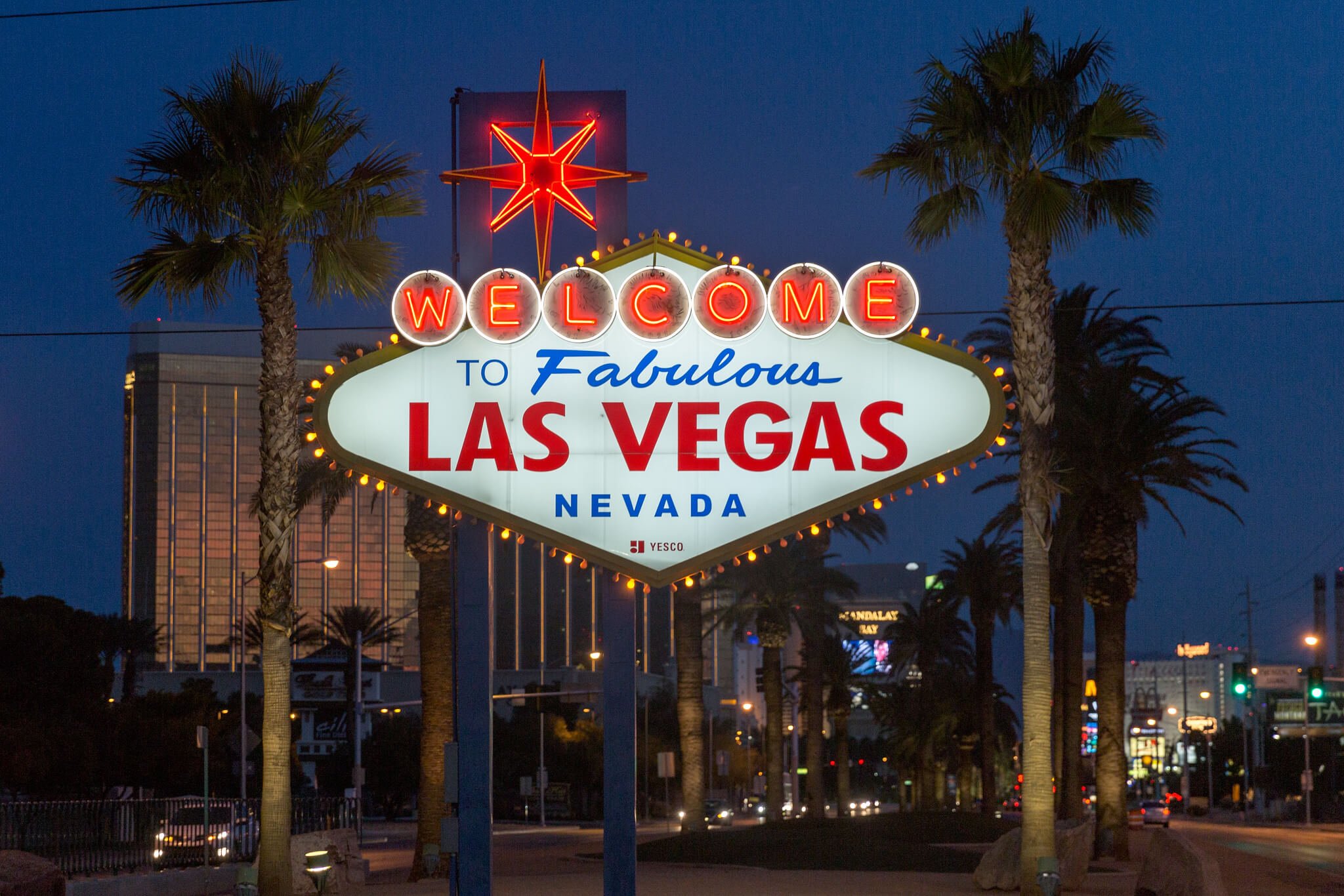
Las Vegas is synonymous with world-class casinos, dazzling lights, and vibrant nightlife. But this glittering metropolis was once a quiet desert outpost. Over the past century, Las Vegas transformed from a railroad town into the undisputed hub of casino gaming, entertainment, and tourism. Explore the rich history of Las Vegas casinos, from their origins to the cutting-edge megaresorts of today.
The Birth of a Casino Town: Railroads and Early Growth
Founded in 1905, Las Vegas began as a modest settlement when 110 acres of land were auctioned off by the Los Angeles and Salt Lake Railroad. With its prime location, the community quickly took shape around the railroad industry.
Just a year later, in 1906, the Golden Gate Hotel & Casino opened at 1 Fremont Street, marking the start of casino gaming in the area.
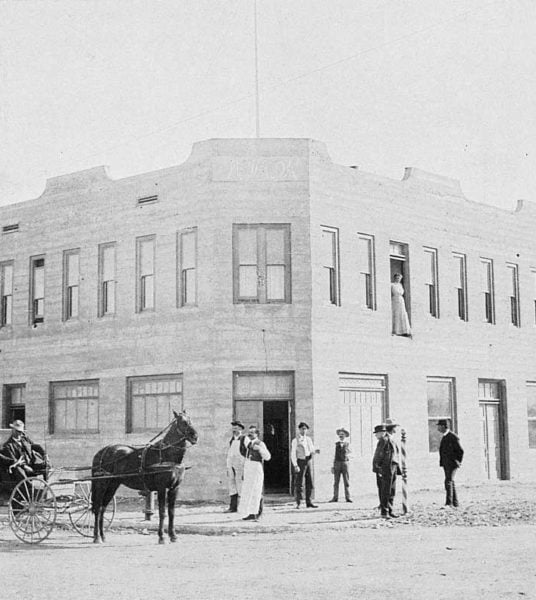
At this time, both lodging and meals could be secured for just one dollar. The town of Las Vegas was incorporated in 1911, remaining relatively quiet until pivotal developments in 1931.
That year saw two major events: loosened divorce laws, attracting ‘divorce tourists’ who needed only six weeks’ residency to file, and the start of the Hoover Dam’s construction nearby, which drew thousands of workers and brought prosperity to the area.
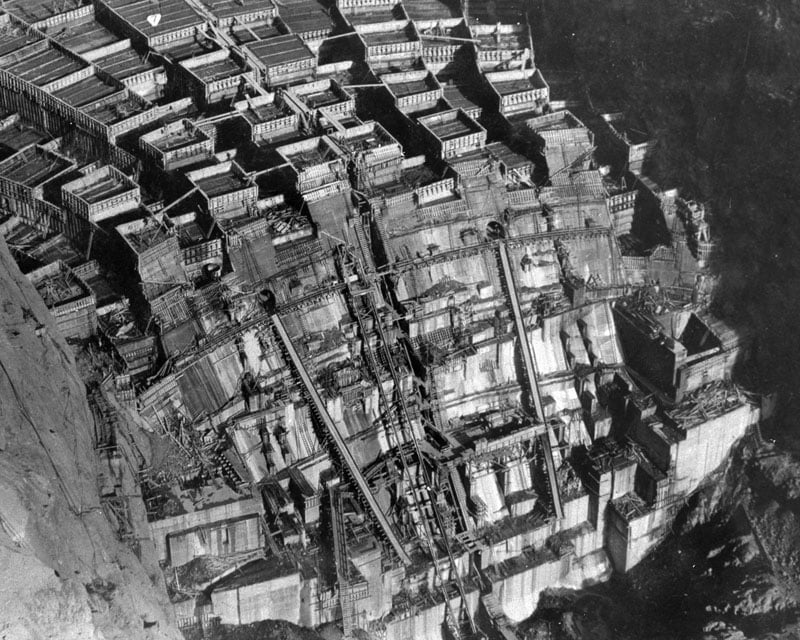
The influx of visitors and workers spurred a boom in casinos and nightlife along Fremont Street. Establishments such as the Northern Club became notorious for serving alcohol during Prohibition and for illegal gambling.
When Nevada re-legalized gambling in 1931, Northern Club was the first to receive an official gaming license. After national prohibition ended in 1933, both legal gambling and liquor sales fueled economic growth — and attracted the attention of organized crime, which began to establish operations by the 1940s. Infamous mobster Bugsy Siegel was already associated with the Northern Club by 1941.
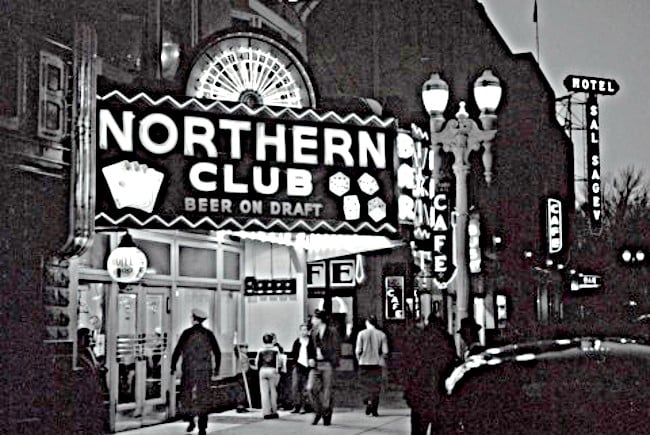
The Rise of the Strip: Mob Influence and Casino Innovation
While Fremont Street flourished with gaming halls operating both legally and otherwise, a new era began in 1941 with the opening of El Rancho Vegas. Located just outside city limits on what would become the Las Vegas Strip, the original vision focused on providing roadside accommodation and basic amenities.
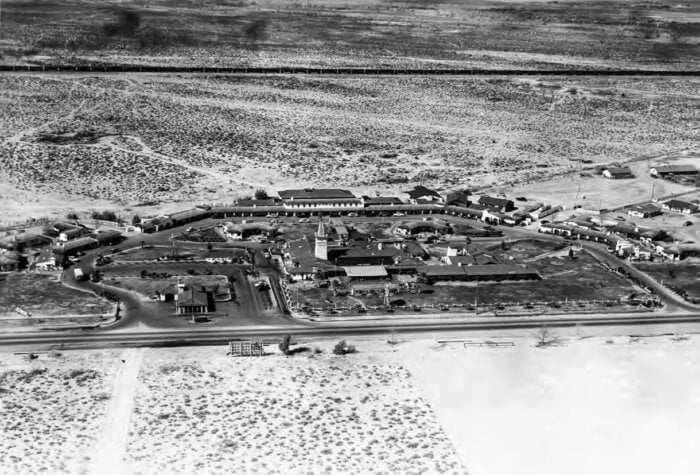
El Rancho’s success inspired others to develop along Highway 90 (later the Strip). Bugsy Siegel soon played a pivotal role in bringing luxury and allure to this emerging zone. Seeking a project outside legal restrictions of downtown, Siegel partnered with Billy Wilkerson on the ambitious Flamingo resort, ultimately taking control by buying out Wilkerson’s shares and expelling him from the project.
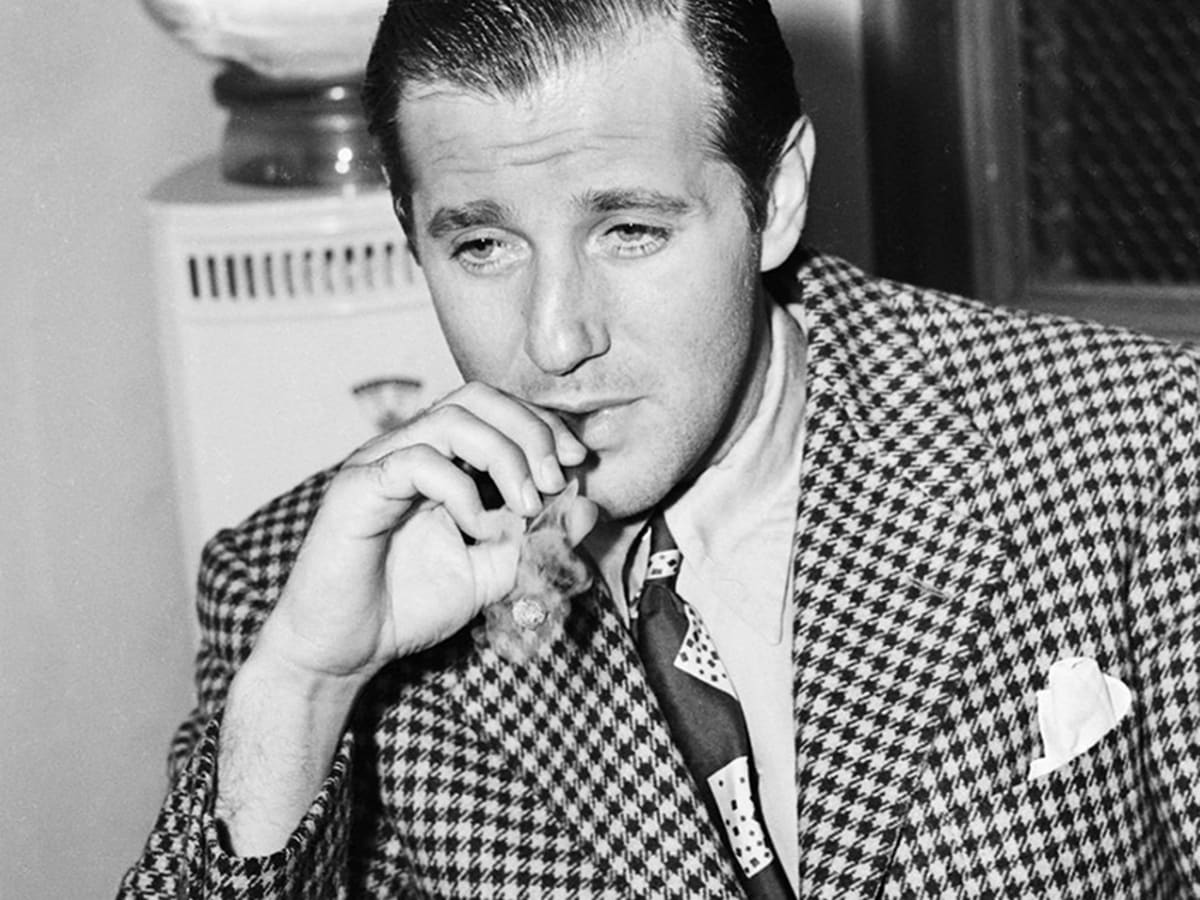
Opening in 1946 after an investment of $6 million, the Flamingo distinguished itself with a combination of glamour, high-stakes gaming, and A-list entertainment. Although its inauguration struggled, fellow Mob members revived the Flamingo in 1947, and it soon became hugely profitable — earning $4 million in 1948 alone.
This concept of the comprehensive “Las Vegas experience” inspired more developments: casinos like the Frontier and the Sands continued to set new standards for luxury and spectacle on the Strip.

Meanwhile, iconic operators like Benny Binion focused on pure gambling. Opening the Horseshoe Casino in 1951, Binion’s establishment eschewed entertainment in favor of serious gaming — introducing innovations such as unlimited betting and complimentary perks (comps) for players.
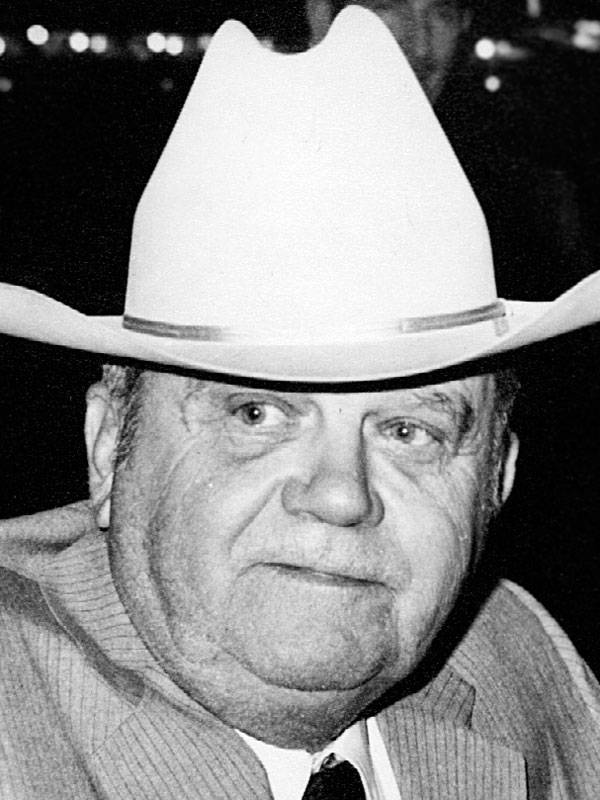
By 1954, Las Vegas was drawing around eight million annual tourists — and hosting performances from household names like Frank Sinatra and Elvis Presley. The city’s reputation as the entertainment and gambling capital of the world was firmly established.
A New Era: Megaresorts and Corporate Investment
Throughout the 1950s and 1960s, Las Vegas thrived. However, economic downturns in the 1970s and 1980s, coupled with Mob-related financial improprieties and fresh competition from Atlantic City, led to challenges and stagnation for the city.
A revitalization came in the late 1980s, largely thanks to developer Steve Wynn. Wynn’s vision was realized in The Mirage—a $630 million megaresort that debuted in 1989 on the Strip.
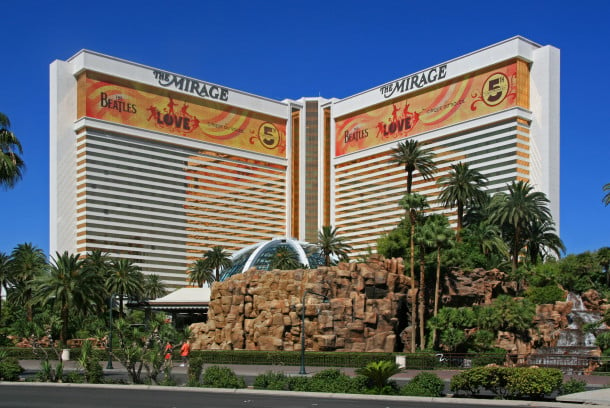
The Mirage set off a building boom throughout the 1990s that reshaped the city. Resorts such as Treasure Island, MGM Grand, Luxor, Bellagio, and the Venetian soon appeared — all aiming to attract a broader, middle-class clientele. These new venues emphasized family-friendly entertainment and amenities, offering affordability as well as luxury.
Many of these hotels are still instantly recognizable, helping to launch Las Vegas into the 21st century as a city that mixes glamour with mass-market appeal. Even when Macau surpassed Las Vegas in gaming revenue in 2006, the city retained its iconic status through its remarkable architecture and sheer entertainment power.
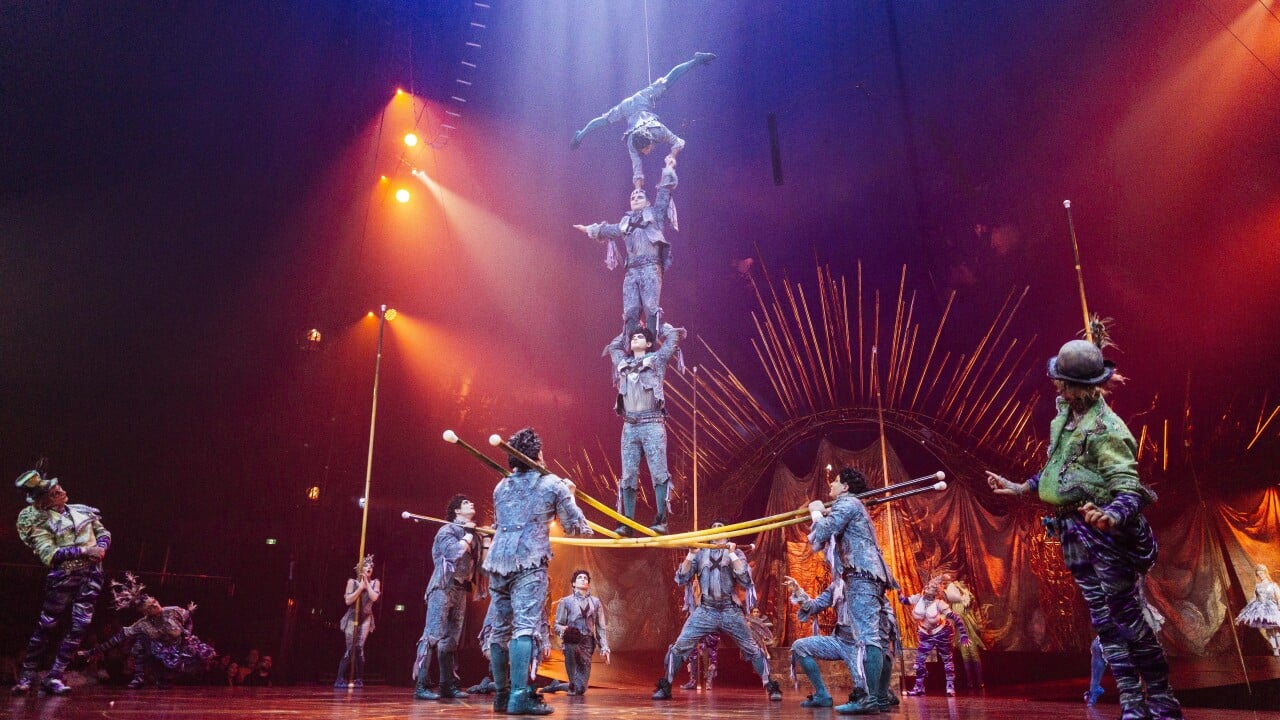
The era of the megaresort also marked a shift toward corporate ownership and investment, injecting vast sums into the city and ushering in a new age of development.
Las Vegas in the Modern Age: Innovation and Adaptation
The trend of ever-larger and more innovative resorts has continued. The 2021 opening of Resorts World Las Vegas — featuring 3,500 rooms and cutting-edge amenities — is a prime example of the city’s ongoing evolution.

Resorts World exemplifies the integration of technology in the gaming world: guests can make cashless wagers at slots and table games, and an all-in-one smartphone app enables purchases for everything from dining to entertainment.
Today, more than 150 casinos dot the Las Vegas area, with 31 lining the Strip alone. The city has also broadened its appeal beyond gaming: it is now renowned for major sporting events, vast convention centers, gourmet restaurants, and a wide array of entertainment options. Las Vegas remains a magnet for visitors from around the globe.
As the digital era advances, online gambling—including immersive live dealer experiences—presents both challenges and opportunities for traditional casinos. Despite fears of erosion from virtual gaming, physical casinos continue to flourish, often blending online and offline experiences to meet changing customer demands.
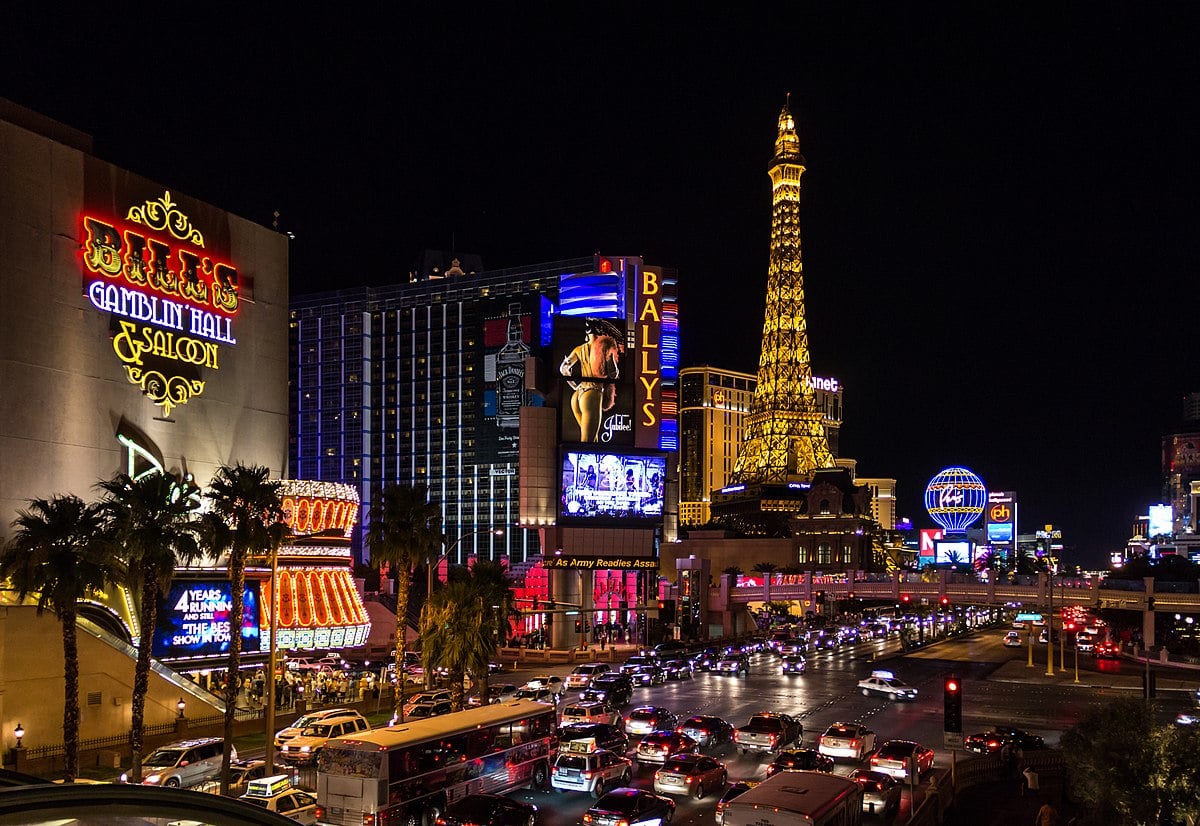
Las Vegas venues continue to adapt, offering both betting on-site and via mobile technology — as highlighted by record-setting sportsbook action during events such as recent Super Bowls. The sense of excitement, spectacle, and social connection unique to Las Vegas ensures that, no matter how the landscape changes, the city’s casinos remain a global draw.
The Enduring Legacy of Las Vegas Casinos
Las Vegas has consistently reinvented itself, defying predictions of decline at every turn. Whether through innovative megaresorts, technological advances, or immersive guest experiences, the city has maintained its status as an unrivaled destination for gambling and entertainment. As it faces new trends in both technology and tourism, one thing’s certain: Las Vegas casinos will always find a way to seize the moment — just as they have for over a century.
Lead image: Lorie Shaull/Flickr








